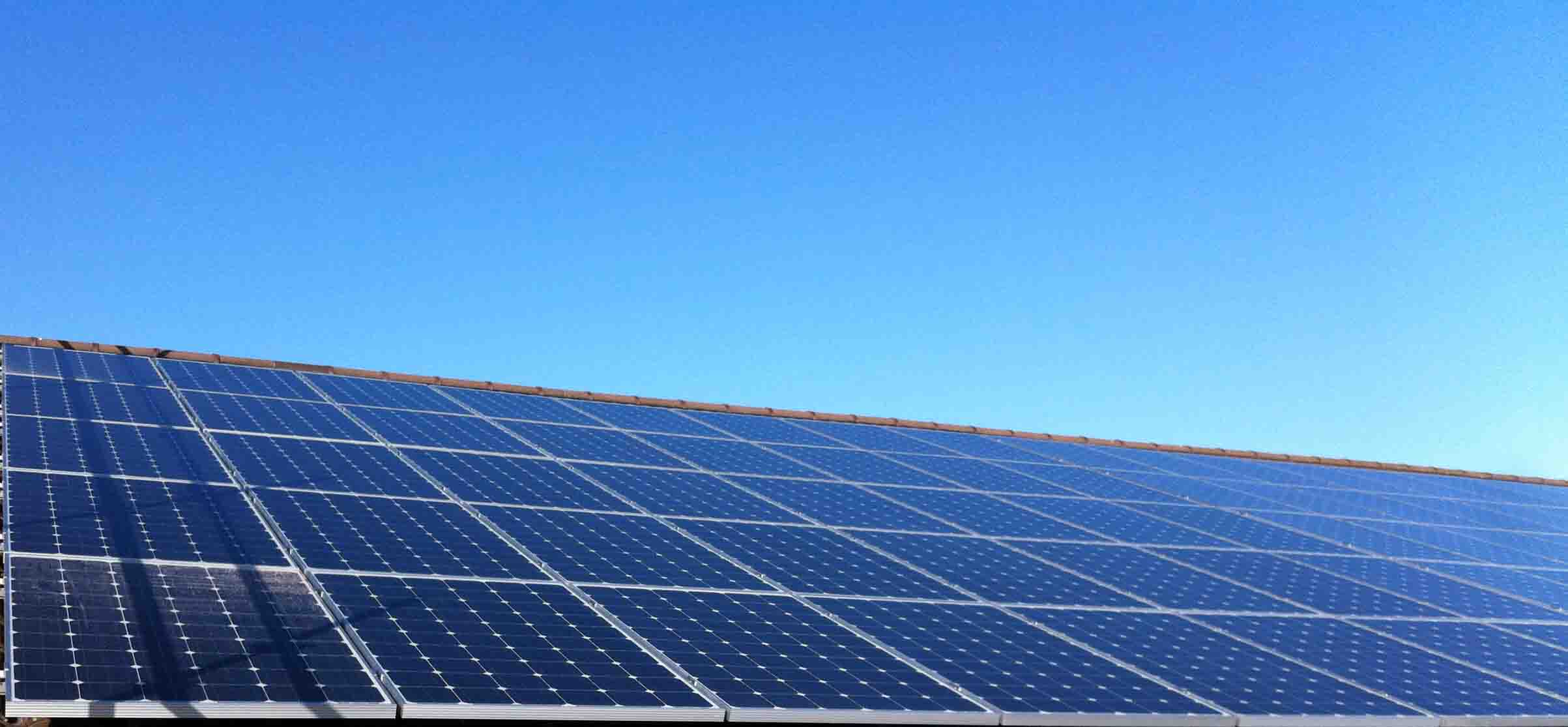Why Solar?
Rising Electricity Prices
Solar is the fastest growing energy source in the world, and for good reason. It offers a limitless supply of clean, safe, renewable energy for heat and power. And it’s more affordable, more efficient, and more reliable than ever.
The advantages of Solar and other renewable power sources are clear: greater independence from imported fossil fuels, a cleaner environment, diversity of power sources, relief from the volatility of energy prices, more jobs and greater domestic economic development. All over the world, solar energy systems have reduced the need to build more carbon-spewing fossil-fueled power plants. They are critical weapons in the battle against global warming. As the cost of solar technologies has come down, solar is moving into the mainstream and growing worldwide at 40-50% annually.
There are currently three primary solar technologies:
- Solar (photovoltaic) energy allows electricity to be produced in the place where it is consumed, a practice known as distributed generation. Sunlight hours often coincide with peak power demand, so solar panels produce electricity when it is most needed. Reducing peak load through large-scale solar generation improves air quality and reduces the need for new polluting power plants.
- Solar thermal systems provide heat for hot water and space-heating systems for residential or commercial buildings, and can provide energy for air-conditioning in many commercial applications.
- Concentrating Solar Power (CSP) is a solar thermal technology that can provide electricity at utility scale for central power plants.
Frequently Asked Questions
Will I be eligible to receive the tariff if I move into a home that already has an electricity generating technology?
FIT eligibility remains with the installation, even if the ownership of the home or generating technology changes. Therefore the technology must have been eligible before you move in, even if it is not registered yet.
What happens if I move home?
Ownership of the technology is linked to the site and, therefore, in the case where a building or homeownership changes, the ownership of the technology would also transfer to the new owner.
I rent my property. If my landlord installs an electricity generating technology, who would receive the FITs?
It will be up to landlords and tenants of domestic or commercial property to come to an arrangement about the receipt of payments and on-site electricity use benefits.
Will I need a special meter to be able to claim FITs?
Generation must be metered and FITs payments are made to generators on the basis of metered generation. Meters will need to be able to measure generation, usage and import. However, as an interim measure, DECC has announced that at the very small scale, the amount of exports for the payment of export tariffs can be deemed (estimated), subject to the following:
- These arrangements will only apply until the finalising of specifications for smart meters;
- These arrangements do not apply if export meters exist already, or are provided at the generator's expense
My system is not connected to the electricity grid – can I still claim the Feed-in Tariff?
Yes you will be eligible to receive a generation tariff at the tariff rate that is applicable for the type and capacity of the generating technology. You will also have to sign a declaration stating that all of the electricity generated on site will be used and not wasted.
Wireless Edge Energy is the energy division of the Wireless Edge group of companies, which include Communications, Software Development, Installation, Finance, Training and Distribution
Our customers include primary and secondary schools across the UK, large construction companies and nationwide retail stores
